Trailers are indispensable tools for transporting goods and equipment efficiently. Among the myriad of uses, one particularly noteworthy application is transporting storage containers. Whether you’re relocating your portable office, moving on-site storage for construction, or simply need to transfer a shipping container, knowing the proper techniques for trailering is essential. In this comprehensive guide, we delve into the intricate and multi-layered process of how to trailer a storage container successfully.
Understanding the Basics of Storage Container Trailers
Before diving into the mechanics of trailering a storage container, let’s lay a foundation by understanding what elements you need to consider.
Types of Storage Containers
- Standard Shipping Containers: Often seen in shipping yards, these containers meet ISO standards, generally measuring 20 or 40 feet.
- Reefer Containers: Refrigerated containers used for perishable goods. Their unique requirements demand a specialized trailer.
- Flat Rack Containers: Used for cargo that can’t be contained, such as machinery or large materials.
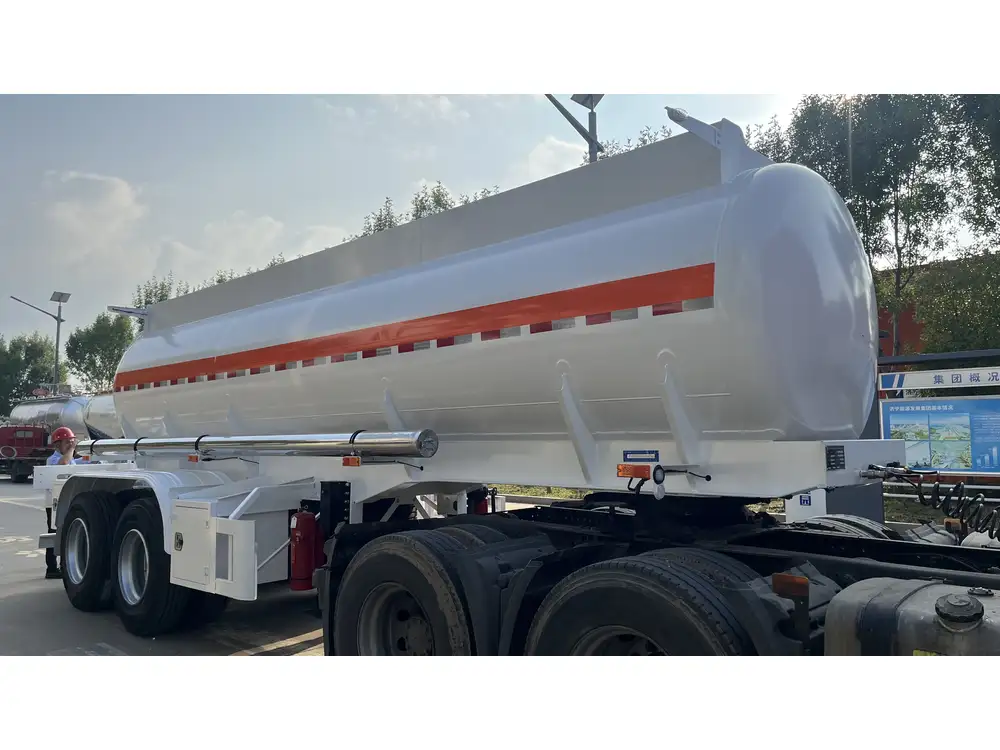
Types of Trailers Suitable for Transporting Containers
1. Chassis Trailers
Equipped with a built-in framework that supports the container’s twist locks. They come in varying lengths to accommodate different container sizes.
2. Flatbed Trailers
Ideal for containers with adjusted base dimensions. They offer more versatility but require the use of loading gear.
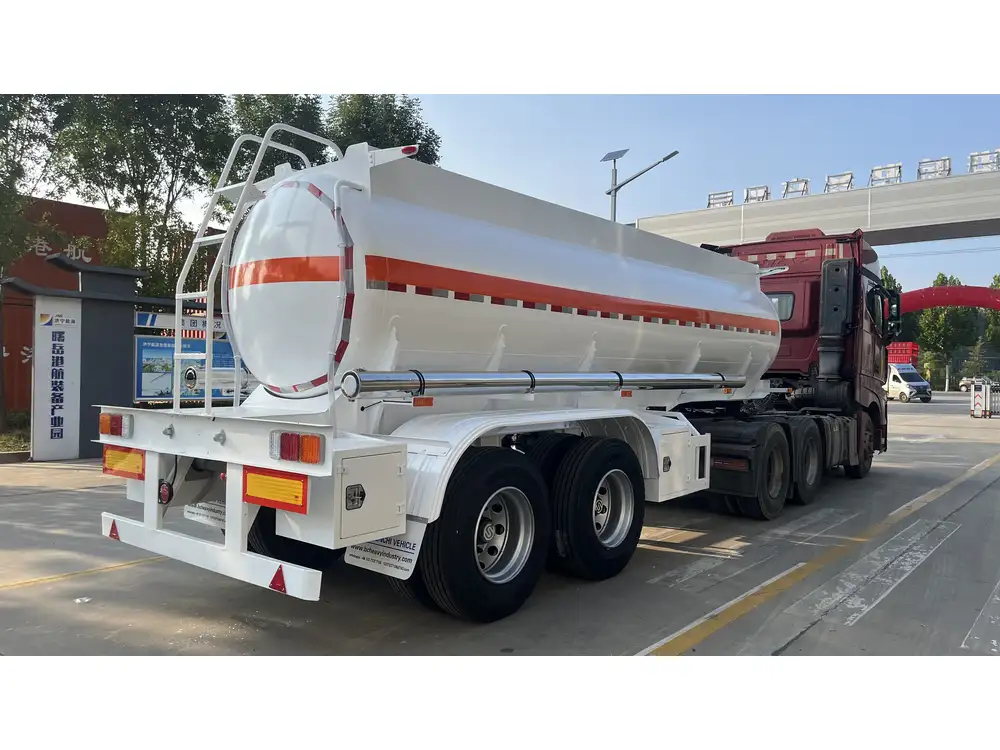
3. Lowboy Trailers
Best suited for transporting heavier containers with a low center of gravity. They offer the advantage of reduced height during transport.
Assessing Your Delivery Requirements
Determining Container Size and Weight
Understanding the size and weight of your storage container is crucial for determining what type of trailer and towing vehicle you will need. Here’s a breakdown:
| Container Size | Approximate Weight (Empty) | Recommended Trailer Type |
|---|---|---|
| 10 ft | 2,300 lbs | Standard Chassis |
| 20 ft | 5,000 lbs | Chassis or Flatbed |
| 40 ft | 8,000 lbs | Chassis |
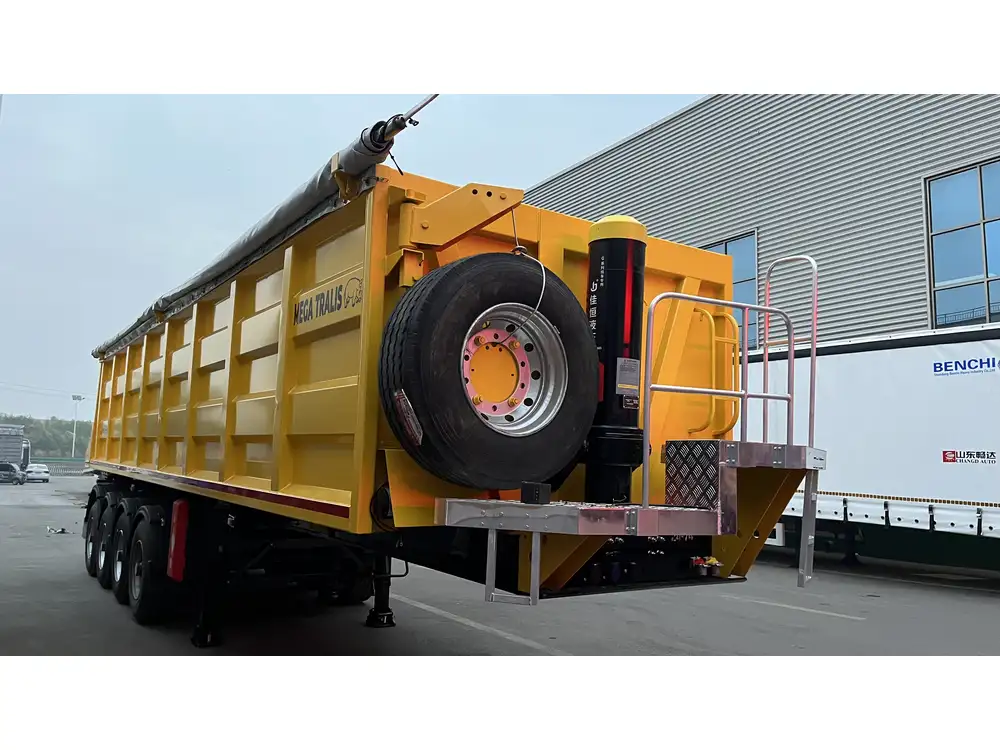
Local Regulations and Permit Requirements
Regulations vary by region. It’s vital to check if you need special permits for oversized loads or if there are restrictions for certain roads.
Preparing Your Trailer and Container
Once you’ve assessed the necessary requirements, it’s time to prepare your trailer, ensuring everything is adequately set up for safe transportation.
Inspecting Trailer Condition
Perform a thorough inspection of the trailer prior to usage. Points of interest include:
- Tires: Ensure they are properly inflated and free from wear.
- Brakes: Check functionality.
- Lights: Ensure brake lights, turn signals, and marker lights are operational.

Securing the Storage Container on the Trailer
This phase is critical. Here’s how to do it:
Position Your Trailer: Align your trailer parallel to your storage container.
Lower the Trailer: If using a chassis with hydraulic capabilities, lower it to ground level for easier container loading.
Load the Container:
- Use a Forklift or a crane to position it. Ensure the container is squared and centered.
Locking Mechanisms: Utilize the twist locks located at each corner of the chassis. Engage these locks to hold the container securely.
Strapping Down: For extra safety, use heavy-duty ratchet straps or chains to further secure the container.
Towing the Trailer Safely
Before hitting the road, there are several important safety measures and practices to observe.
Choosing the Right Tow Vehicle
The vehicle you choose for towing should possess a robust towing capacity. Here’s a quick reference:
| Vehicle Type | Recommended Towing Capacity |
|---|---|
| Light-Duty Pickup | 5,000 – 10,000 lbs |
| Medium-Duty Truck | 10,000 – 20,000 lbs |
| Heavy-Duty Truck | 20,000 lbs and above |

Trailer Connection and Safety Check
Before departing:
- Hitch Connection: Ensure that the hitch is compatible and locked securely.
- Brake Controller: If applicable, ensure it is adjusted correctly for optimal braking.
Road Safety Guidelines
- Monitor Acceleration: Gradual acceleration is essential to avoid destabilizing the trailer.
- Maintain Distance: Increase your following distance when towing a container to account for extra braking distance.
- Speed Regulations: Adhere to local speed limits especially for oversized loads.
Handling Unforeseen Circumstances
Despite meticulous preparation and execution, unforeseen circumstances may arise. Here’s how to tackle common issues you might encounter:
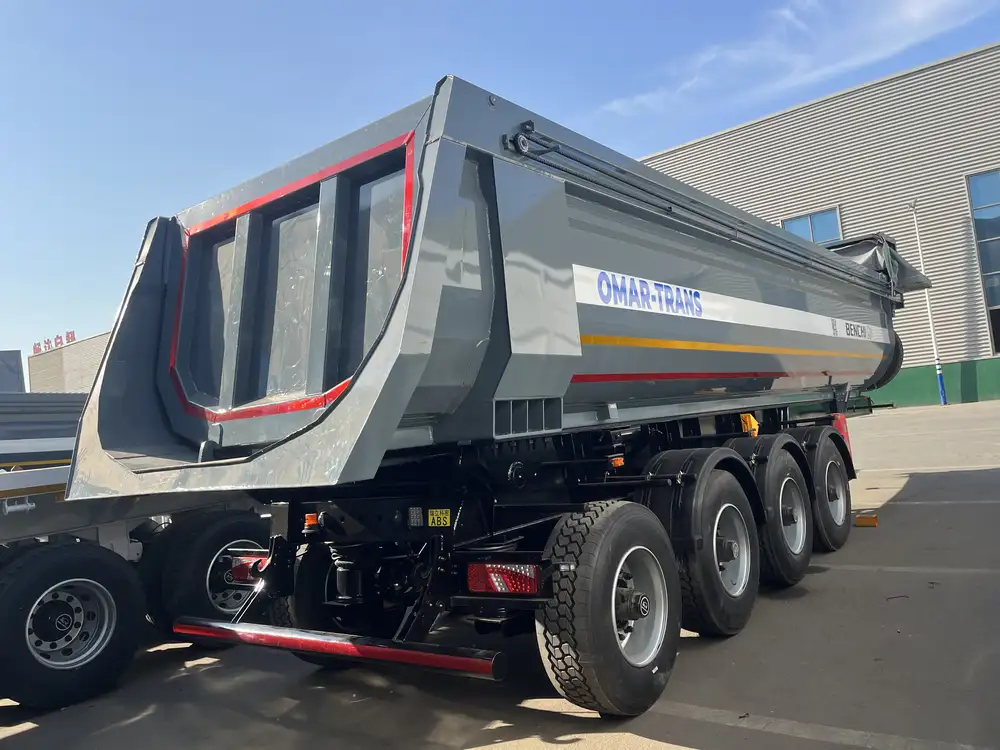
Navigating Turns
Take wider turns, especially when navigating tight corners. This is crucial to prevent the trailer from scraping against curbs or other obstacles.
Dealing with Road Conditions
Rain, snow, or rough terrains can complicate trailering:
- Wet Roads: Reduce speed and increase following distance.
- Rough Terrain: Drive gradually; sudden shocks can destabilize the container.
After-transport Procedures
Once you’ve successfully transported the container, several important tasks need to be completed.
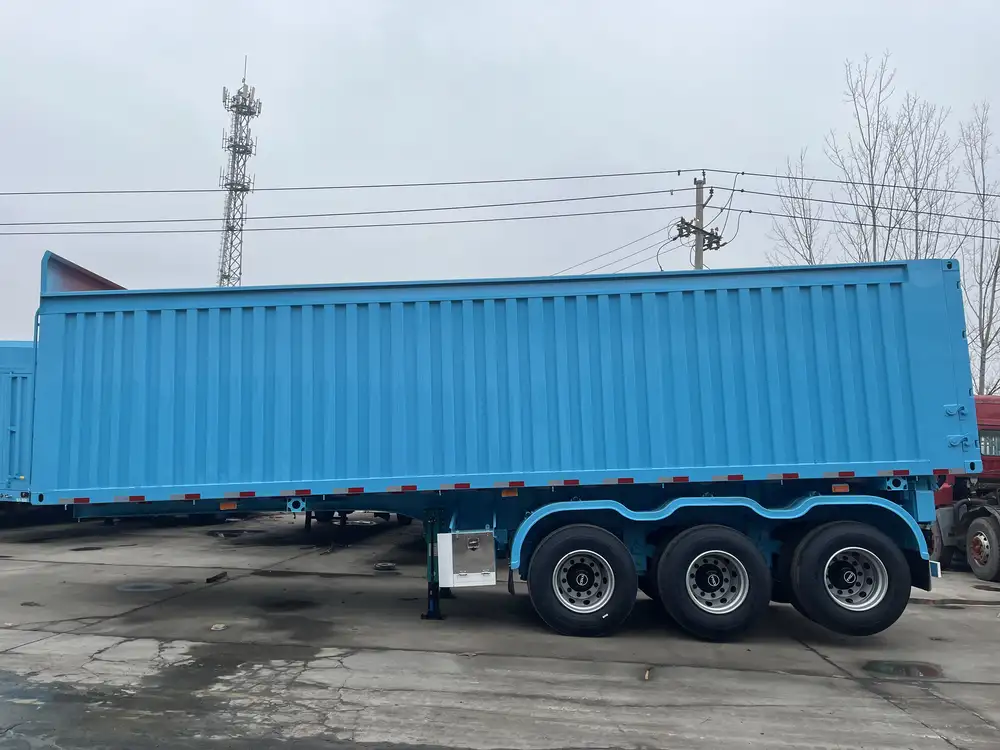
Unloading the Storage Container
- Position Your Trailer: Ensure that the trailer is on a flat and stable surface.
- Release Twist Locks: Begin by disengaging the twist locks at each corner.
- Lift the Container: Use hydraulic equipment to lift the container off the trailer, setting it down securely.
Post-Movement Inspection
An often overlooked aspect of trailering, post-movement checks ensure both trailer and container are in good condition.
- Check for Damage: Inspect the container and trailer for any signs of wear, dent, or structural damage.
- Cleaning: Remove any debris that may have accumulated during transport.
Best Practices for Trailer and Container Care
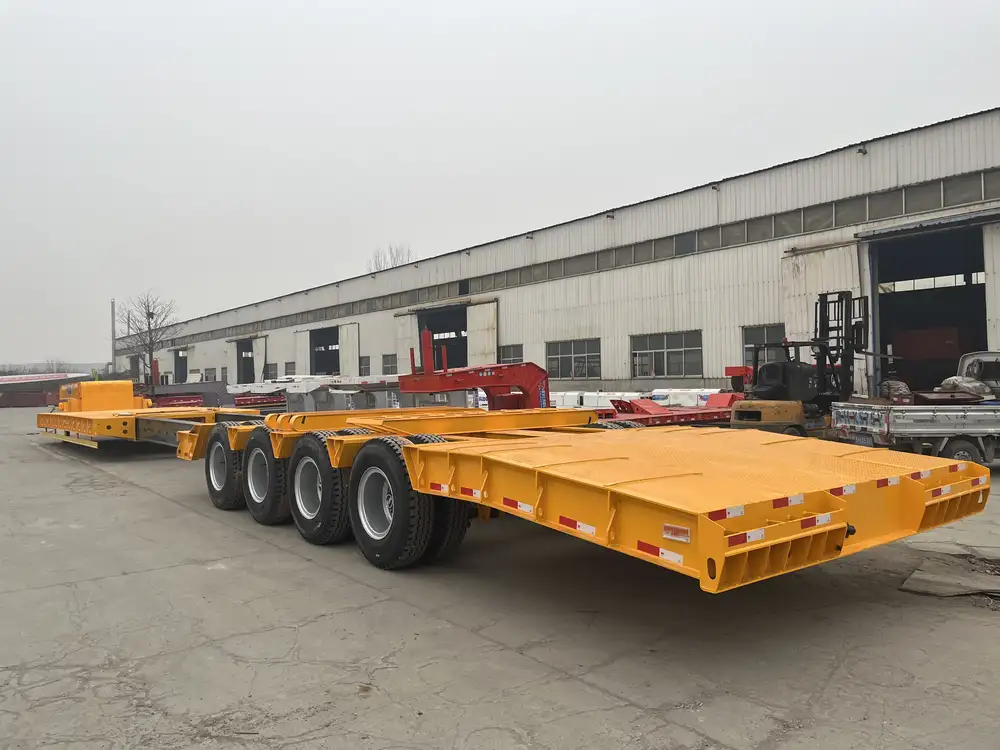
Regular Maintenance
Routine checks on both your trailer and the storage container ensure longevity and uphold safety standards. Important maintenance points are:
- Tire Care: Regularly check for wear and rotation, along with adequate pressure.
- Brake System: Periodically inspect and service to ensure responsiveness.
Storing Your Container and Trailer
- Secure Location: Store the container in a secured area to prevent theft or vandalism.
- Protective Covers: Consider using tarps or protective covers if the container is left in outdoor environments to prevent weather deterioration.
Frequently Asked Questions

How do I determine the right size trailer for my container?
The size of the trailer should correspond closely to the external dimensions of the storage container. Standard shipping containers (20 ft, 40 ft) commonly require chassis trailers, while smaller containers may be accommodated by flatbed or utility trailers.
Can I load and unload a container by myself?
Loading and unloading a heavy container typically necessitates heavy machinery (for instance, a crane or forklift). Attempting to do this manually can pose safety risks.
What are the common mistakes people make when trailering containers?
Common pitfalls include improper securing of containers, insufficient checks on trailer mechanisms, and neglecting the specific requirements mandated by local laws affecting oversized transport.

Conclusion
Successfully trailering a storage container involves numerous steps—understanding your requirements, securing the container, and ensuring safe transport. We hope this guide serves as a valuable resource in your journey, emphasizing not only technique but best practices for safety and efficiency. The importance of preparation, adherence to regulations, and proper maintenance can’t be overstated when it comes to transporting storage containers effectively.
By following these guidelines, we can ensure safe delivery every time, safeguarding both the container and the tow vehicle. Now that you’re armed with this knowledge, the transport of storage containers is well within reach, paving the way for efficiency in your logistical operations.



